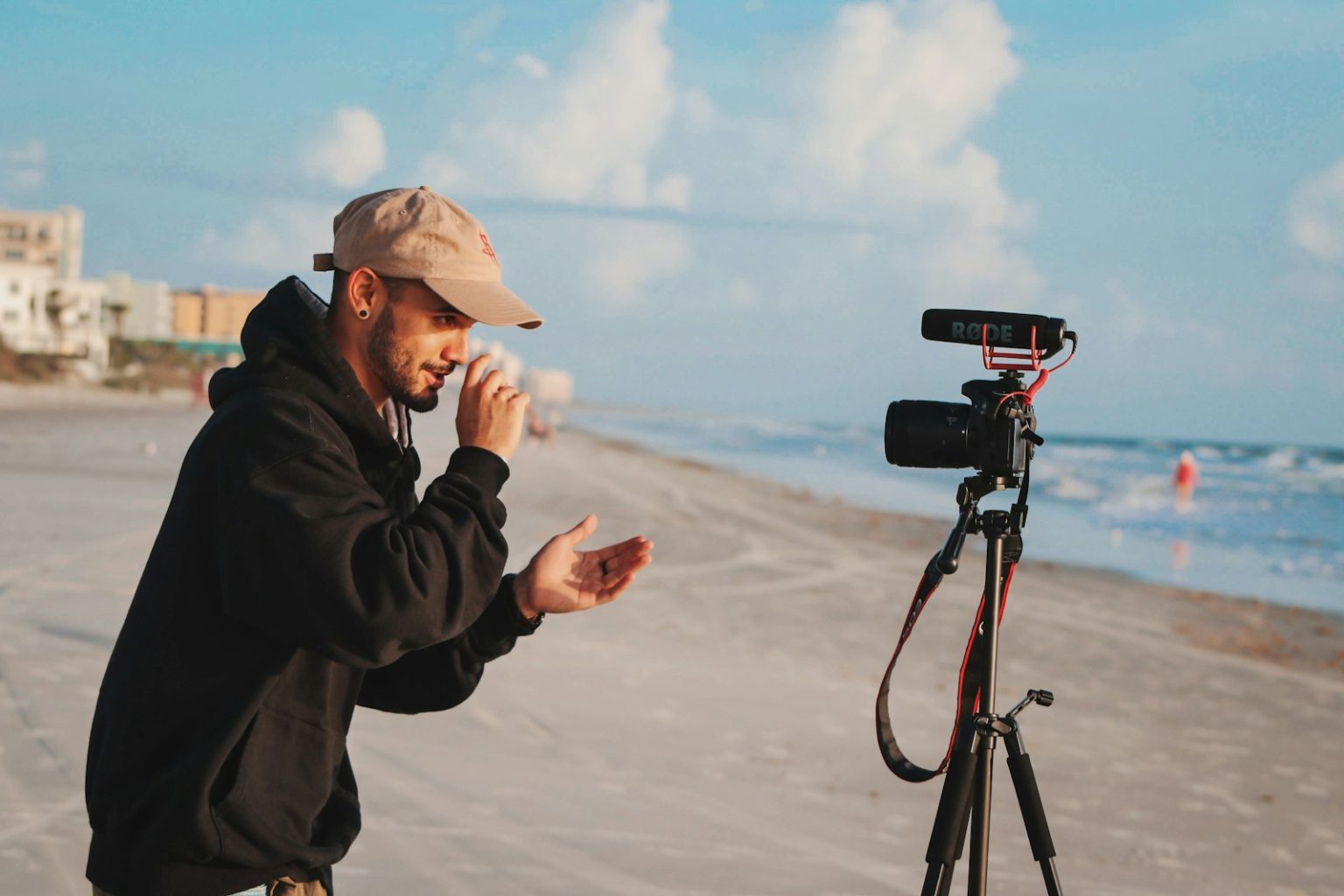I just heard something that might surprise many marketers and brand managers. While sitting in a room at Social Media Marketing World, a lead judge and video expert made a statement that challenges conventional wisdom: overproduced, professional video is much better than highly produced, fancy content—especially when it’s plastered with your brand and logos.
This insight came during a live group app I was hosting, and it struck me as both counterintuitive and profoundly true. For years, businesses have been pouring resources into creating polished, high-production videos, believing that slick editing and perfect lighting equate to better engagement. But what if we’ve been getting it wrong all along?
The Power of Authenticity Over Polish
The expert’s point resonates deeply with what I’ve observed while working with small businesses. Audiences today crave authenticity. They want to connect with real people sharing real messages—not perfectly scripted corporate presentations that feel sterile and distant.
Something magical happens when we strip away the excessive production elements: viewers can focus on the message rather than being distracted by fancy transitions or effects. They can connect with the person speaking rather than being bombarded by logos and branding elements.
Consider these advantages of less-produced content:
- It feels more genuine and trustworthy to viewers
- It creates a sense of immediacy and relevance
- It humanizes your brand through imperfection
- It’s often more cost-effective and quicker to produce
This doesn’t mean that all your videos should look amateur or unprofessional. There’s a sweet spot between completely raw footage and over-produced content that feels inauthentic. Finding that balance is key.
View this post on Instagram
Why Brands Resist This Approach
Despite the evidence, many businesses still resist this less-polished approach. Why? I believe it comes down to fear and control. Highly produced content feels safer. It allows marketing teams to control every aspect of the message and presentation. It aligns with traditional notions of “professional” communication.
But this control comes at a cost. When we over-polish our content, we risk losing the very thing that makes video powerful: human connection. Perfect lighting and flawless delivery can actually create distance between your message and your audience.
Overproduced, professional video is much better than highly produced, fancy content—especially with your brand and logos all over it.
This quote from the video expert challenges us to rethink our approach. The distinction between “overproduced” and “highly produced” is subtle but important. “Overproduced” suggests content that has been thoughtfully created with professional elements but maintains authenticity. “Highly produced” implies content that has been polished to the point of losing its human touch.
Finding the Right Balance
So, how do we strike the right balance? Here are some practical guidelines:
- Focus on clear audio over perfect visuals
- Use natural lighting when possible
- Minimize logo placements and branded elements
- Allow for natural speech patterns rather than rigid scripts
- Embrace minor imperfections that add character
The goal isn’t to create sloppy content but to produce videos that feel genuine and accessible. Your audience should connect with the person and message first, with your brand being a secondary consideration.
This approach also makes content creation more accessible for businesses with limited resources. You don’t need expensive equipment or a professional studio to create effective video content. A smartphone with decent lighting and clear audio can often produce more engaging results than an over-engineered production.
The Future of Brand Video
As social media continues to evolve, the premium on authenticity will only increase. Platforms like TikTok and Instagram Reels have trained audiences to expect and engage with content that feels immediate and real.
Innovative brands are already adapting, creating content that feels less like a commercial and more like a conversation. They’re letting personality shine through and focusing on building genuine connections rather than perfect presentations.
The next time you plan a video for your brand, remember what I heard in that room at Social Media Marketing World. Consider scaling back the production elements and focusing instead on creating an authentic connection with your audience. Your viewers—and likely your engagement metrics—will thank you for it.
Frequently Asked Questions
Q: Does this mean I should stop using professional equipment for my videos?
Not necessarily. Professional equipment can still help create clear, watchable content. The key is not to let the technology overshadow the humanity in your videos. Good lighting and audio remain essential, but excessive editing, perfect scripting, and overly branded elements may actually reduce engagement.
Q: How can I tell if my video content is too produced?
Ask yourself: Does this feel like a real person talking to me, or does it feel like a corporate message? If you’ve edited out all the natural pauses, slight verbal stumbles, and authentic moments, you might have overproduced your content. Try showing your videos to people outside your organization for honest feedback.
Q: Won’t less-produced videos make my brand look unprofessional?
There’s a difference between unprofessional content and authentic content. Unprofessional content is poorly planned, difficult to watch, or delivers unclear messages. Authentic content may have minor imperfections but still delivers value clearly. Today’s audiences often associate over-produced content with being inauthentic rather than professional.
Q: What types of video content benefit most from a less-produced approach?
Social media content, especially short-form videos, testimonials, behind-the-scenes glimpses, and educational content often perform better with a more authentic approach. Product demonstrations and certain types of brand storytelling may still benefit from more production elements, but even these should maintain some level of authenticity to connect with viewers.
Photo by Andrés on Unsplash

